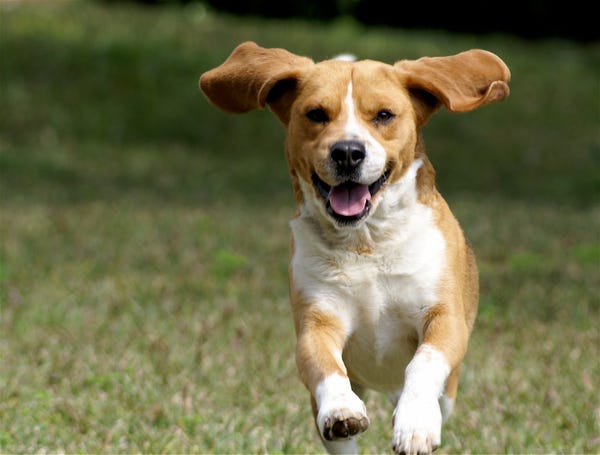Get Your Home Ready for Your New Dog or Puppy
Apr 09, 2021 23:36
Bringing home a new furry friend is a lot like bringing home a baby. There’s a lot to do to make sure you have everything your dog will need to adjust to its new home and that your home is ready for its newest resident. Most people won’t receive a puppy-shower where friends and family help outfit them with everything a new dog needs, so it’s up to a new owner to make sure they cross crucial items off a list.

Crate
While not all owners choose to thoroughly crate train their dogs and puppies, a crate is still a useful item to have in your home, particularly when your puppy is young. If you have to leave a new puppy who hasn’t been fully trained home alone, having a crate provides you with somewhere safe to keep the dog from having an accident or destroying anything while you aren’t there to monitor its behavior.
Make your dog's crate comfortable by putting a soft dog bed inside and making sure that there are toys inside to keep them occupied. This will also help prevent the dog from feeling the crate is a punishment.
Bark Collar
Bark collars are training aids that many new dog owners find useful, especially ones who live in multifamily homes or apartment buildings where neighbors are likely to hear and be irritated by barking. These collars work by administering a negative stimulus to your dog that triggers when it starts barking.
It is important to understand that bark collars are just a piece of your bark training puzzle. If you find that your dog barks excessively, investigating the reason for the barking and either eliminating it or acclimatizing the dog to it will necessary.
Leash and Collar
Dogs need to be walked and need to have leashes and collars. Make sure your leash is made out of durable fibers; you don’t want it to break after a couple of hard pulls by your dog or for it to be easy to chew through. Collars come in different sizes and materials, and some are better for certain breeds and sizes than others.
For walks, it’s also a good idea to invest in a good body harness. Harnesses make better leash attachment points than neck collars, which can put pressure on your dog's neck. Dogs are also typically more responsive to being lead on a harness than on a collar.
Food and Water
Dogs and puppies should have separate bowls for their food and water. Using a mat underneath the bowls can help reduce mealtime messes and make clean up easier. Mats made out of rubber-like materials can also help keep bowls in place for enthusiastic eaters. Bowls should be washed frequently, just as you would wash your own plates.
Make sure your dog’s food is appropriate for its age, breed, and size. Dogs and puppies should always have access to fresh, clean water.
Adding a new member to your family is always exciting. Ensuring you have everything you need before adoption day a new dog or puppy will set you up for a successful transition and many happy years to come.







































































